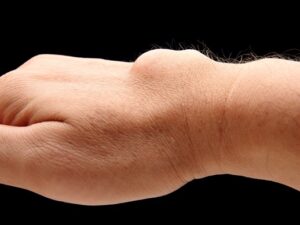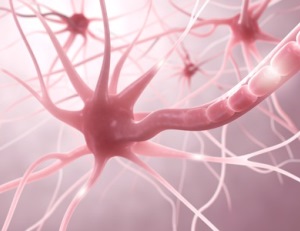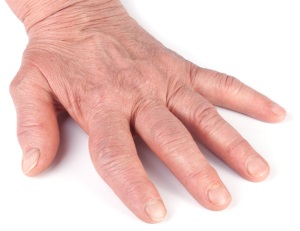Deformity
A NOTE FROM DR. ALTMAN
What is meant by deformity? The obvious may be deformities that people are born with called congenital anomalies; an infant has extra fingers (polydactyly), absent fingers or a deformed thumb. These anomalies often are treated by orthopaedic hand surgeons in an effort to maximize function for the child and/or the adult later in life.
Far more common are subtle deformities. For example, at the end stage of a nerve compression syndrome, when muscles no longer receive a nerve supply, they atrophy and can become paralyzed. The natural position of the fingers is a fine balance of many different muscle groups and tendons pulling on the hand bones in opposite directions. If muscle groups are compromised, this fine balance is upset and deformity results.
A claw hand or wrist drop are two deformities related to muscle imbalance. Dupuytren’s disease, another common ailment that affects the hand, causes a deformity which pulls the fingers into the palm of the hand.
These deformities can be multifactorial. Examination of the entire limb, considering all its anatomic structures, is critical to arriving at the proper diagnosis.
AFFILIATE ORGANIZATIONS








